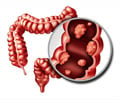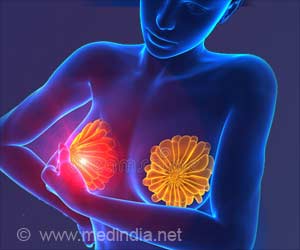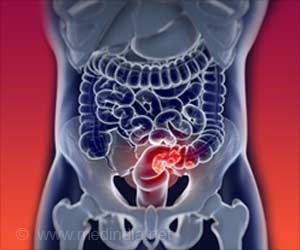Senescent cells are metabolically active but no longer capable of dividing, contribute to aging. Senescence is a key mechanism for preventing the spread of cancer cells.

Researchers from UMass Medical School discovered that the satellite DNA found at human and mouse centromeres—the points where chromosomes connect to microtubules during cell division—unraveled from its normal compact state as cells entered senescence. This unraveling—which the researchers termed senescence-associated distension of satellites, or SADS—occurred regardless of how senescence was induced and appeared to occur early in the process of cell cycle exit. Strikingly, cells from Progeria patients formed SADS as they exited the cell cycle, suggesting that these prematurely arrested cells follow the same senescence pathway as normally aging cells.
The extensive unfolding of structures critical for cell division could thus prove key to inhibiting cell proliferation, in the context of both aging and limiting the proliferation of tumor cells.
Source-Eurekalert
 MEDINDIA
MEDINDIA

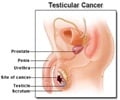
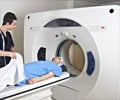
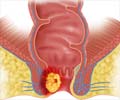
 Email
Email





